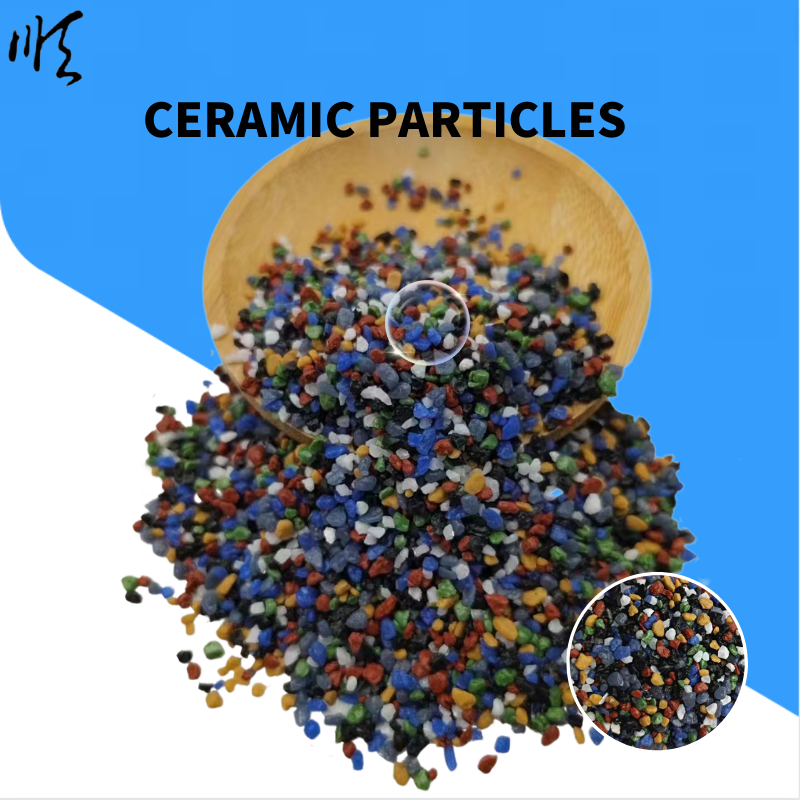
Alumina Crystal
Understanding Alumina Crystal Structure, Properties, and Applications
Alumina, also known as aluminum oxide (Al₂O₃), is a crucial material found in a variety of industrial applications and is widely studied for its unique crystalline structure. This article delves into the significance of alumina crystals, their properties, and their diverse applications.
Alumina naturally occurs in several crystalline forms, the most common of which are alpha (α-Al₂O₃) and gamma (γ-Al₂O₃). The alpha phase is thermodynamically stable and characterized by a corundum structure, exhibiting remarkable hardness and resistance to wear. This makes alpha alumina an essential component in applications that require durability, such as abrasives, cutting tools, and wear-resistant surfaces. The gamma phase, on the other hand, is metastable and has a porous structure that makes it highly useful in catalysis and adsorption applications.
One of the most fascinating aspects of alumina is its versatility in terms of physical and chemical properties. Alumina crystals possess a high melting point, approximately 2050°C, and exceptional thermal stability, allowing them to endure extreme conditions without degrading. Furthermore, they exhibit excellent electrical insulation properties, making them ideal for use in electronic components and insulators. Additionally, alumina crystals are chemically resistant, which is advantageous in environments that may contain corrosive substances.
alumina crystal

The synthesis of alumina crystals can be achieved through various methods, including the Bayer process and sol-gel techniques. The Bayer process involves refining bauxite ore to extract aluminum oxide, which is then calcined to produce alumina. On the other hand, sol-gel methods allow for the production of alumina powders with controlled particle sizes and morphologies, enabling tailored applications in nanotechnology and advanced ceramics.
Alumina's diverse applications span numerous industries. In metallurgy, it is utilized as a catalyst support and refractory material. In the ceramics industry, alumina is a key ingredient for making ceramic tiles, porcelain, and electrical insulators. Its biocompatibility has led to its use in medical applications such as dental implants and prosthetics. Moreover, in the cosmetics sector, alumina is a common ingredient in products like deodorants and exfoliants due to its abrasiveness.
In recent years, research into alumina crystals has expanded as scientists aim to uncover new functionalities. Innovative approaches, such as doping alumina with different metal oxides, have shown promise in enhancing its catalytic properties, making it attractive for environmental applications, including catalytic converters in vehicles.
In conclusion, alumina crystals are invaluable due to their unique properties and versatility. Their applications range from industrial manufacturing to medical advancements, showcasing their importance in modern technology. As research continues to evolve, the potential of alumina crystals in new fields is bound to unfold, reinforcing their position as a vital material in both existing and emerging industries.
Share
-
Premium Pigment Supplier Custom Solutions & Bulk OrdersNewsMay.30,2025
-
Top China Slag Fly Ash Manufacturer OEM Factory SolutionsNewsMay.30,2025
-
Natural Lava Rock & Pumice for Landscaping Durable Volcanic SolutionsNewsMay.30,2025
-
Custom Micro Silica Fume Powder Manufacturers High-Purity SolutionsNewsMay.29,2025
-
Custom Mica Powder Pigment Manufacturers Vibrant Colors & Bulk OrdersNewsMay.29,2025
-
Custom Micro Silica Fume Powder Manufacturers Premium QualityNewsMay.29,2025






